Getting our major exhibitions and star objects in and out of the museum is a huge job, as anyone who followed our live blog from the Soyuz install day will know. We spoke to Senior Exhibitions Coordinator Sallyann Browning about the deinstall process.
How long does it to take to get the Robots exhibition out of the museum?
SB: The deinstall from start to finish will take a few weeks. We started on Monday 16 April, the day after the exhibition closed, and we’ll do six days a week until Friday 4 May (Star Wars Day!) Then the final crates are due to be sent onto Newcastle on Wednesday 9 and Thursday 10 May. The exhibition will re-open in Newcastle at the Life Science Centre on 26 May.
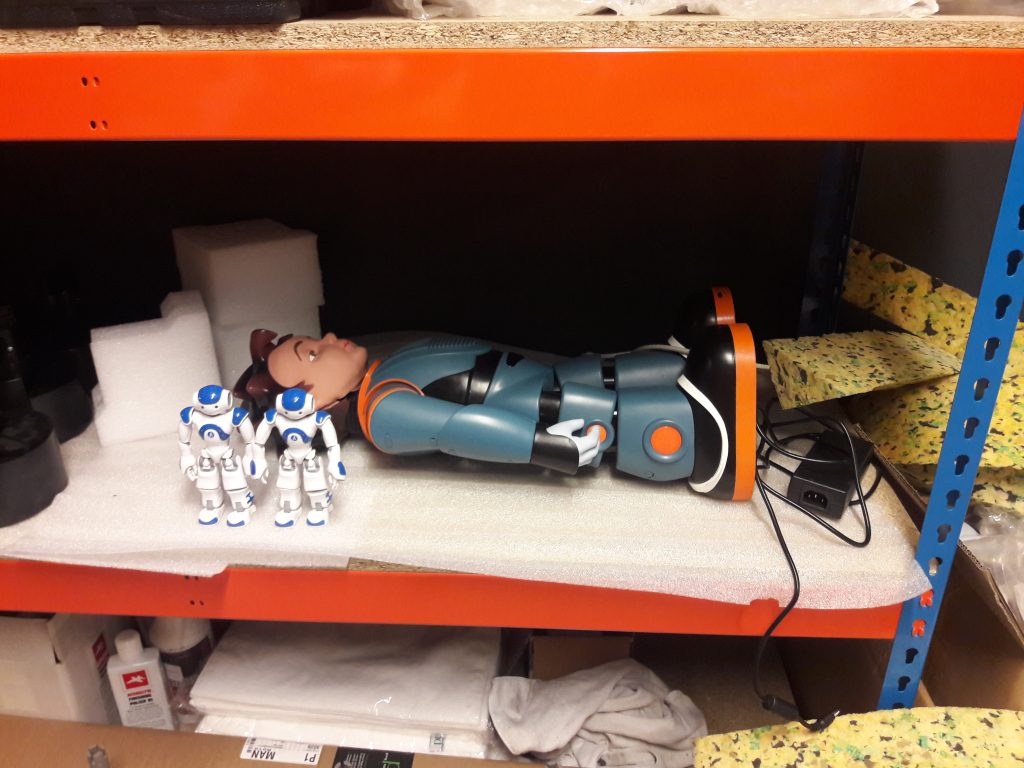
Science Museum Group © The Board of Trustees of the Science Museum

Science Museum Group © The Board of Trustees of the Science Museum
What was the most difficult thing to get out?
SB: There are a few tricky objects to move. Half of the “tin men section” are pretty difficult to move due to height restrictions in the gallery. Size and weight-wise, the loom, weighing in at 1.8 tonnes, is a bit of a beast to move in and out of the gallery.
Do you have to use any specialist equipment?
SB: We have to use a telehandler (a very large forklift) to get all the set-work and objects crates in and out of the gallery. We also have to have someone in a harness at the loading bay hatch to take crates in and out and make sure the floor and crates don’t get damaged. We also need a variety of pallet trucks, and use lifting equipment to move some of the heavier objects in and out of crates.
It comes down to a lot of manpower too, moving crates and objects around. We’ve had three object handlers, two conservation staff, four people from our Gallery Maintenance team, the build contractor, the telehandler operators from Bennett’s and AV techs from Sysco.
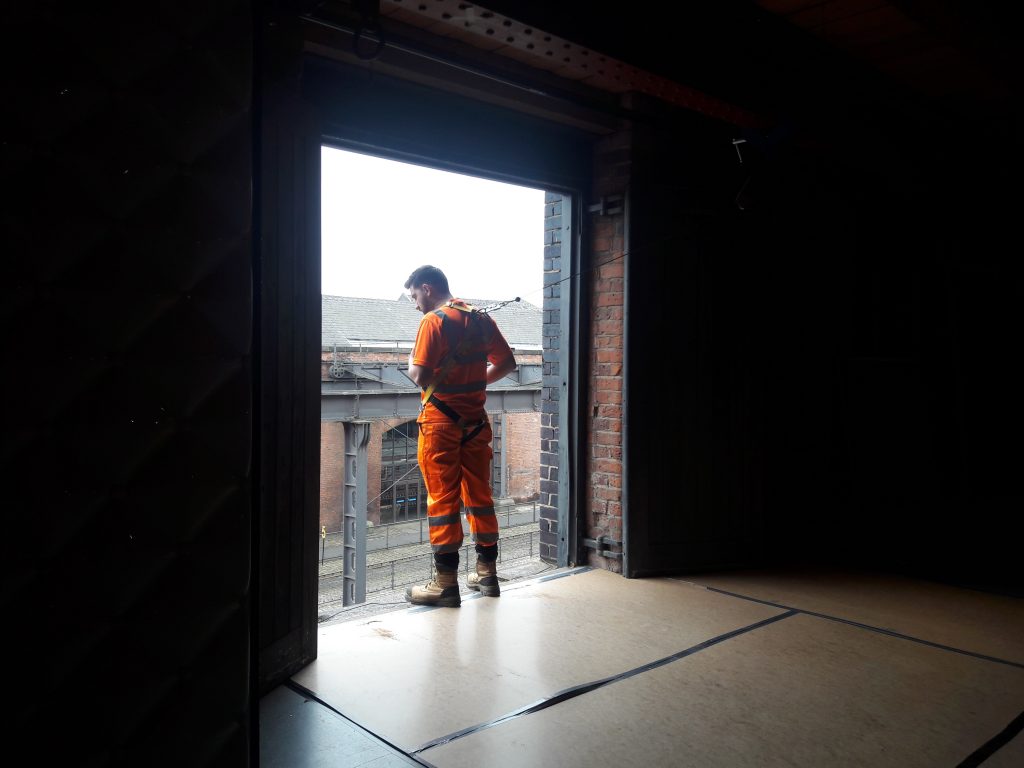
Science Museum Group © The Board of Trustees of the Science Museum
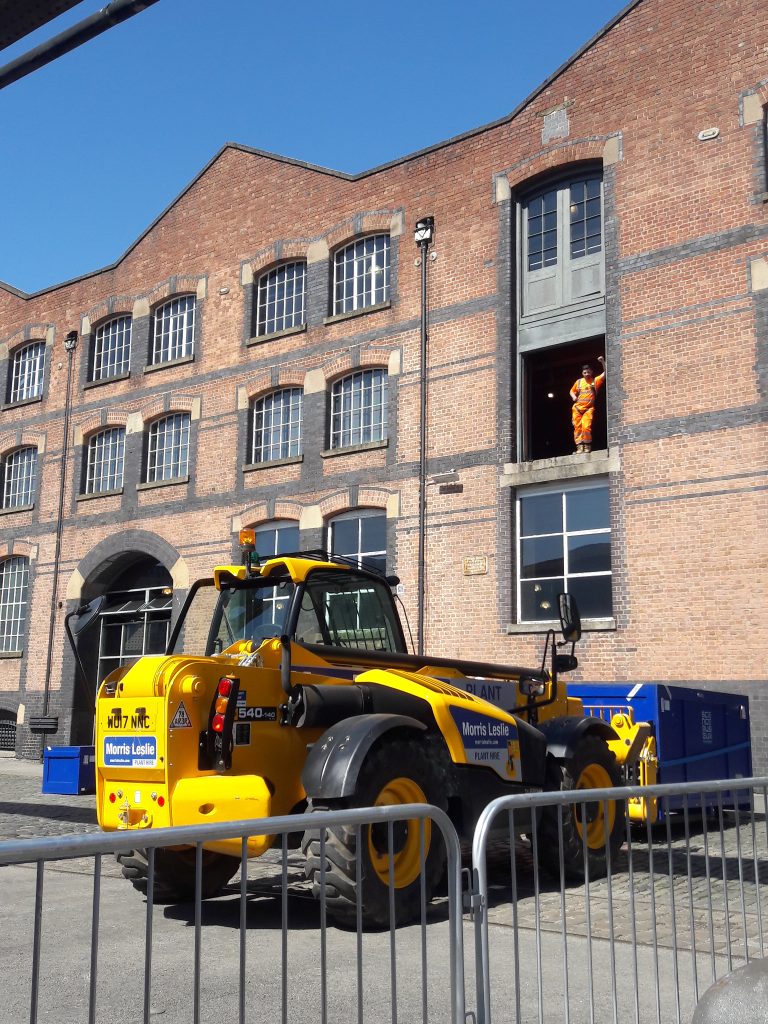
Science Museum Group © The Board of Trustees of the Science Museum
How nervewracking is it watching stuff come out on the telehandler?
SB: I’m not going to lie, the first few times I had to oversee it, it was indeed nervewracking. But Anthony from Bennett’s is such a highly skilled telehandler operator and Tommy his Banksman is also equally ace, so they very much put my mind at ease.
I must say though, moving the loom is still the thing that worries me the most, just due to its size and weight. The door we have to get everything out of isn’t massive, so there is maybe only a one centimetre gap all the way round—so very tight indeed.
Was there anything particuarly unusual about this deinstall?
SB: I would just say the scale. It’s the largest exhibition we have installed since joining the Science Museum Group, so the number of crates is big—there’s maybe just under 100 set works and 50 object crates. That’s triple the size of Wonder Materials, our last exhibition.
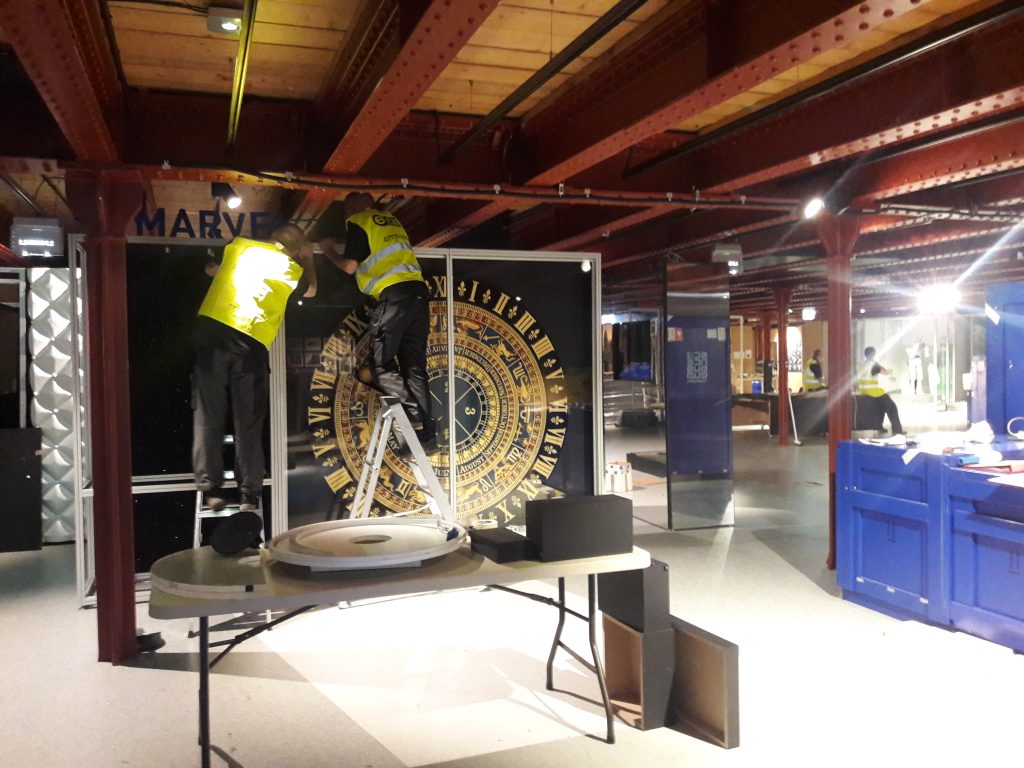
Science Museum Group © The Board of Trustees of the Science Museum
How many people does it take to organise and do an install like this?
SB: For the organisation, it’s me, Denise Courcoux (and my splendid team help me a lot) from MSI and then Catherine from Touring making sure we have everything in place. People-wise doing the install and deinstall it’s a lot… from MSI it’s people from the Exhibitions, Gallery Maintenance, Security, Duty Managers and Conservation teams, then the Touring team, Science Museum Conservation and Gallery Maintenance team, the build company and their crew, Silverback, to help move stuff, Bennett’s to telehandle, Martin Speed to transport the objects, Sysco to take down AV with the build contractor, so maybe around 30 to 40 people but not all at the same time.
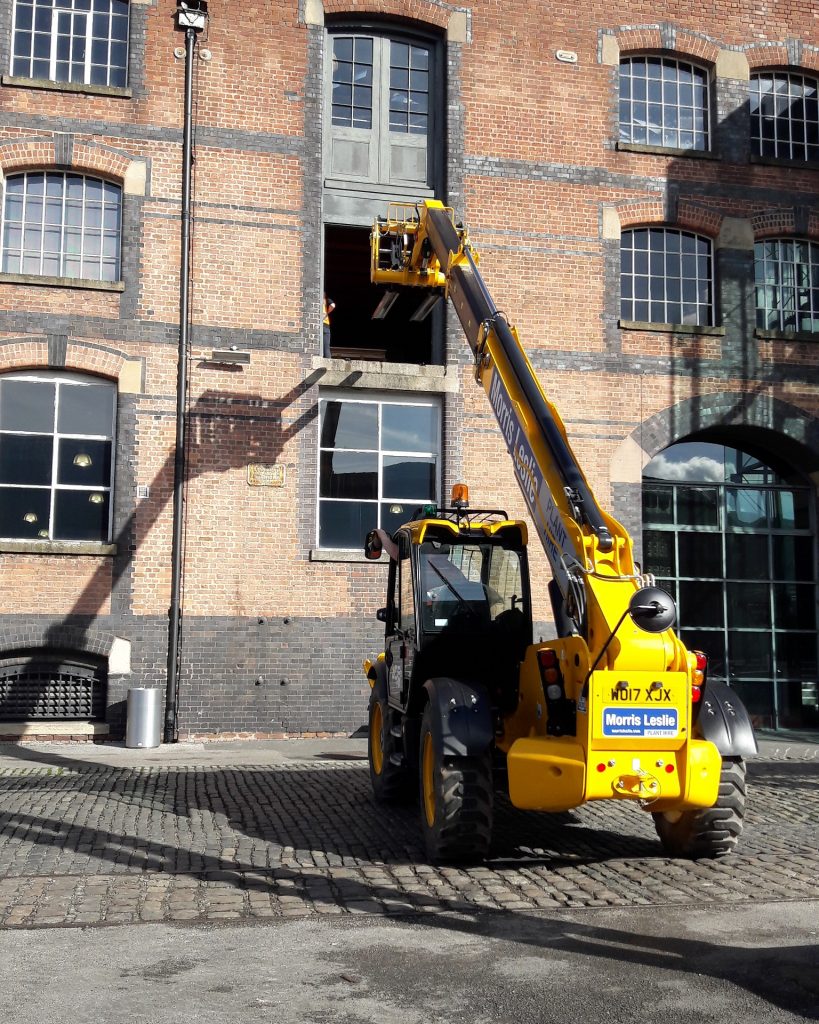
Science Museum Group © The Board of Trustees of the Science Museum
What’s the most important job on a deinstall?
SB: I would say safety first is very important—making sure we get everything packed up and ready to move to the next location in the safest possible manner. Preparation is key. Making sure you are well organised and have everything ready and in place to make the install and deinstall run as smoothly as possible. If you haven’t done your preparation, nothing will click into place, it won’t be done in time and your exhibition won’t open to the public!
What would you like to know about what happens behind-the-scenes at the museum? Leave your questions below and we’ll try to answer them on the blog in future.